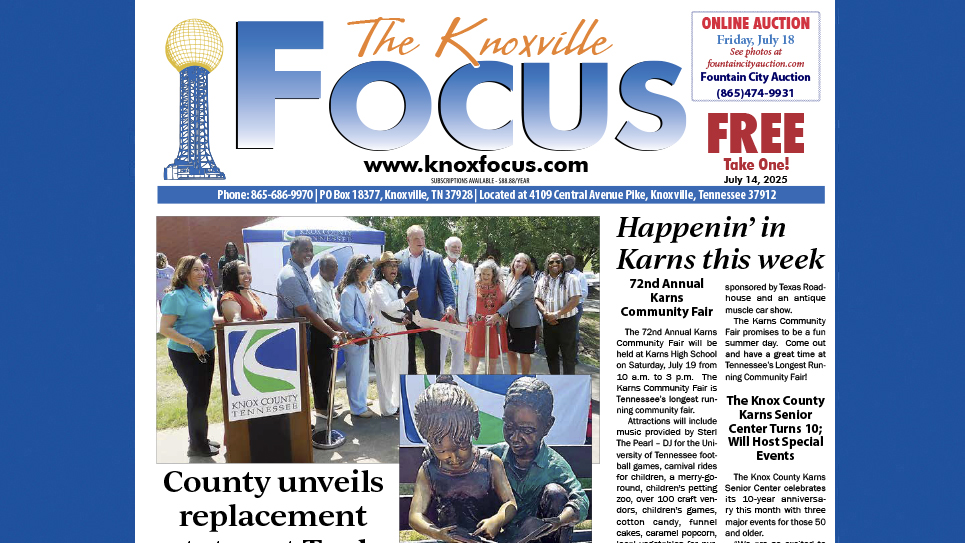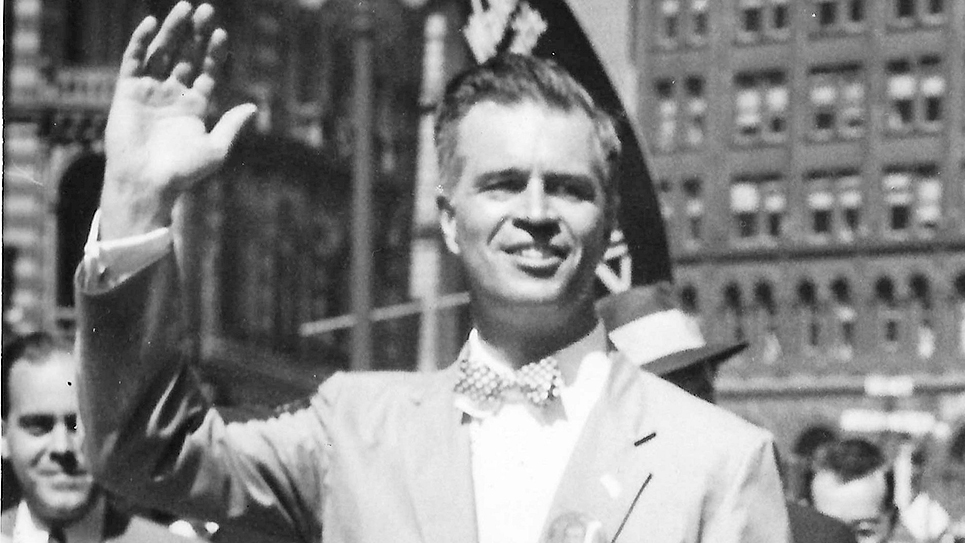By Mike Steely
You don’t often think of those small outlying communities but several played an important part in our Civil War era. Before railroads and the creation of the TVA lakes, our area was a much different place. If you’d like to take a nearby trip and drive through history then Highway 333 is a great trip.
Louisville
The highway starts along Alcoa Highway just north of the airport and swings southwest to skirt the lake and go beneath Pellissippi Parkway. From there it continues to Louisville, a historic little town that was a shipping point on the Tennessee River. The place has a community park, Lake Point Park, and some historic buildings including the Harper Brothers Store near the entrance to the park. It’s on the National Register of Historic Places. The town was linked to Concord across the river by a busy ferry service and much of the local marble was shipped along the river. The arrival of the railroad and the creation of the lake changed Louisville forever.
During the Civil War, the Louisville mayor’s home was used as a message center for the Union Army.
By the way, don’t say “Loui-ville” like in Kentucky, it’s pronounced fully, as “Louis -ville.”
Friendsville
Continuing west on Highway 333 you’ll pass the Louisville Town Hall and Community Center and soon you’ll be in the Quaker-founded community of Friendsville. The town was a major site on the Underground Railroad prior to 1865. Fleeing Black slaves were welcomed and sheltered occasionally in a nearby cave and volunteers to the Union Army were hidden there.
Friendsville was founded in 1790 by the Religious Society of Friends, or Quakers, and their church, Friendsville Friends Meeting, on Hill Avenue stands yet today. The cemetery behind the church contains the graves of many abolitionists and prominent local leaders.
Unitia
In Friendsville, you can turn west on Unitia Road and follow it to Highway 321, or Lamar Alexander Parkway, to Lenoir City. Along the route you will pass where Unitia used to be because the waters of Fort Loudon Dam took most of the little town. But the community, also founded by Quakers in 1891, was another important stopping place on the Underground Railroad. Runaway slaves were also said to be hidden in a cavern in old Morgantown, now also under the lake waters.
Unitia, formerly “Unity,” was an encampment for Cherokee tribe members in the 1830s during the Cherokee Removal, now commonly called the “Trail of Tears.”
You can easily loop back to Knoxville by way of Highway 11 in Lenoir City across the new bridge and return by way of Kingston Pike.






